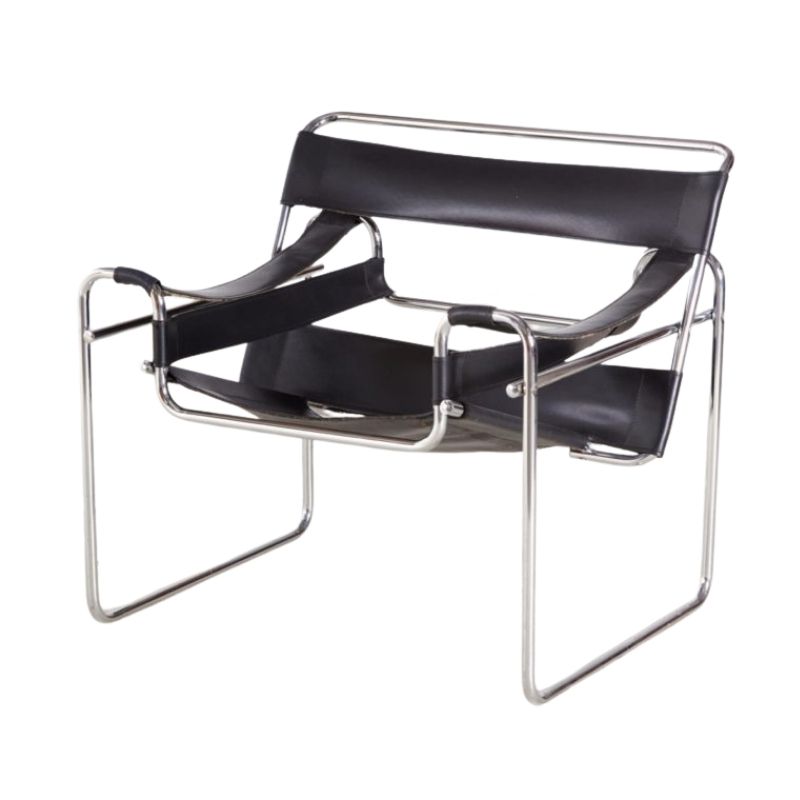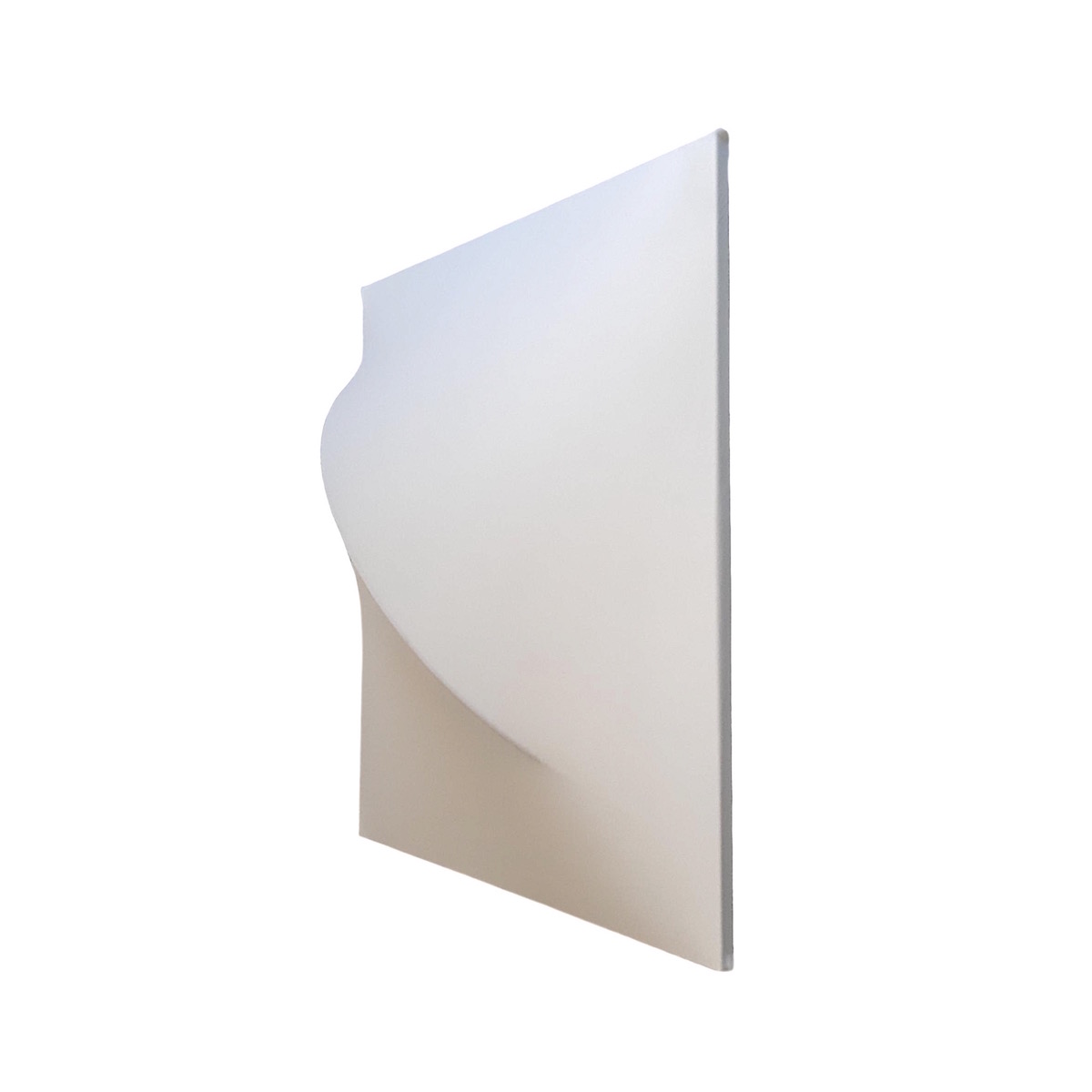My understanding
My understanding is that Danish oil is often a blend of conditioner and varnish, and is intended to be used as a finish. So in practice, I would only apply Danish oil to pieces that I've sanded. It should not be applied to finished pieces for maintenance.
Teak oil is just an oil conditioner, and can be used on bare woods and on woods that are finished with an oil base finish.
So teak oil is probably the one you want.
Liberon
is my preferred brand - Superior Danish Oil. It's readily available - I get mine from a traditional, independant merchant, but you can get it online too. Rustins do one too, but I like Liberon and all their other marvellous smelling concoctions...
http://www.ebay.com/sch/i.html?_odkw=liberon+oil&_sop=16&_from=R40%7CR40...
Hi cada
I ended up going for the Liberon Teak Oil with UV filter. I usually go for Liberon too as I like their products.
Dan
http://www.ebay.com/sch/i.html?_odkw=liberon+danish+oil&_sop=16&_from=R4...
Yet another $.02 observation.
In the US we have the advantage of access to Material Safety Data Sheets which list any ingredients in proportion not considered to be "proprietary". Retailers are required by law to supply these upon request, but most are readily available online at the mfrs.' websites.
What I found years ago when researching these types of products is that here they are mostly very similar formulas with "teak oils" basically the same as "danish oils" but often with pigments and/or UV inhibitors and fungicides added. These additional, sometimes toxic, compounds seem unnecessary for indoor use on furniture in good condition. I would certainly never want to apply a pigmented oil finish to any piece that hadn't suffered from fading or bleaching.
In England, I believe there are documents similar to our MSDS that might be available to help with choices.
which reminds me
This thread just caught my eye and reminded me of a Teak Oil question I've wanted to post. It just happens to be the time of the year when I do routine maintenance on all my indoor furniture. That includes tightening up any loose joints, vacuuming the cushions and fabrics, and giving the wood a light rub down of oil. My question is how much oil is enough. I do this once a year using Williamsville Teak Oil. Too much seems to take too long to dry, and attracts dust. On the other hand I fear that too little oil is not giving the wood enough protection from drying out. It usually takes me the better part of a day to do all the furniture and during that time this pesky question is on my mind. Any rules of thumb, or other advice from the forum experts is most appreciated.
B Bob, the old rule of thumb for oil finishes
on fresh, bare wood went something like: Once a day for a week, once a week for a month, once a month for a year, and once a year for life.
My preference for vintage pieces is a surface cleaning, re-oiling, and waxing whenever I'm so inclined.
Cleaning: A good rub down with a white cotton rag and either naptha, mineral, or white spirits to remove any grime or old wax.
Oiling: Apply fresh product with a nearly saturated rag and let sit for 15 minutes, or so, followed by rubbing off whatever remains with dry rags. Don't leave any visible liquid or film. You can do this again the following day, if desired or if any areas look "dry". Let cure for a couple of days or until it feels dry to the touch. Be warned, though. Half-full cans of oil that have been sitting in the cupboard for years may take forever or longer to fully cure. Buy small amounts fresh, use it up, and follow safety instructions for proper disposal of rags, etc.
Waxing: Apply a very thin coat of paste wax with a rag wiping with the grain. Allow to dry to a dull haze and buff with a cotton rag and/or horsehair shoe brush. Again, you can do this twice if the sheen looks uneven.
I find that the majority of my furniture often requires only a simple cleaning and waxing to make things right. Often it's only high-wear (top) surfaces that need oiling.
Try a spot and see.
You can simply wet a test spot with mineral spirits to get a good idea of how it will look with oil applied. It won't hurt. Oil tends to darken a bit with age, though, unless it's exposed to excessive UV.
If it's badly faded and you want to even it out, you may end up having to apply a stain or dye to restore some of the original color. I usually recommend consulting a specialist for this, especially if it's a good piece. Unless you're experienced and/or game for risk.
I'd rather not risk doing more damage,
Best stick to just the oil.
One more question: I have a lovely Juhl Diplomat desk, the surface has not been touched since I bought it and has many light suface scratches. I've never known how to approach this and am very hesitant, especially as it is a rosewood veneer. Can I apply teak/danish oil and will it restore the surface?
Huh, boy...
Deep scratches expose end grain where they run perpendicular to the grain. End grain, we know, will absorb oil eagerly and appear darker than long grain, which won't. So, oiling scratched surfaces will likely darken scratches and make them more obvious on lighter colored wood. Rosewood, OTOH, is sometimes quite dark already and if the scratches appear lighter, oiling could work to disguise them. I'd try the mineral spirits trick and see what happens.
Of course, the best you could do would be to sand the scratches out. Depending on the thickness of the veneer (or the limit of your courage), this may be a viable option.
Another option would be to use wax instead of oil to restore luster. These can be found with pigments or without or almost absolutely clear, as is the case with "Renaissance Wax". This approach is probably what I would try, as it is entirely and easily reversible down the line (see my post above on cleaning).
Edit: I believe mineral spirits and what you call "white spirits" are one in the same. Stoddard('s) Solvent is also a good choice for cleaning/wax removal.
http://en.wikipedia.org/wiki/Renaissance_Wax
http://www.ebay.com/sch/i.html?_from=R40&_trksid=p2053587.m570.l1313.TR4...
If you need any help, please contact us at – info@designaddict.com









